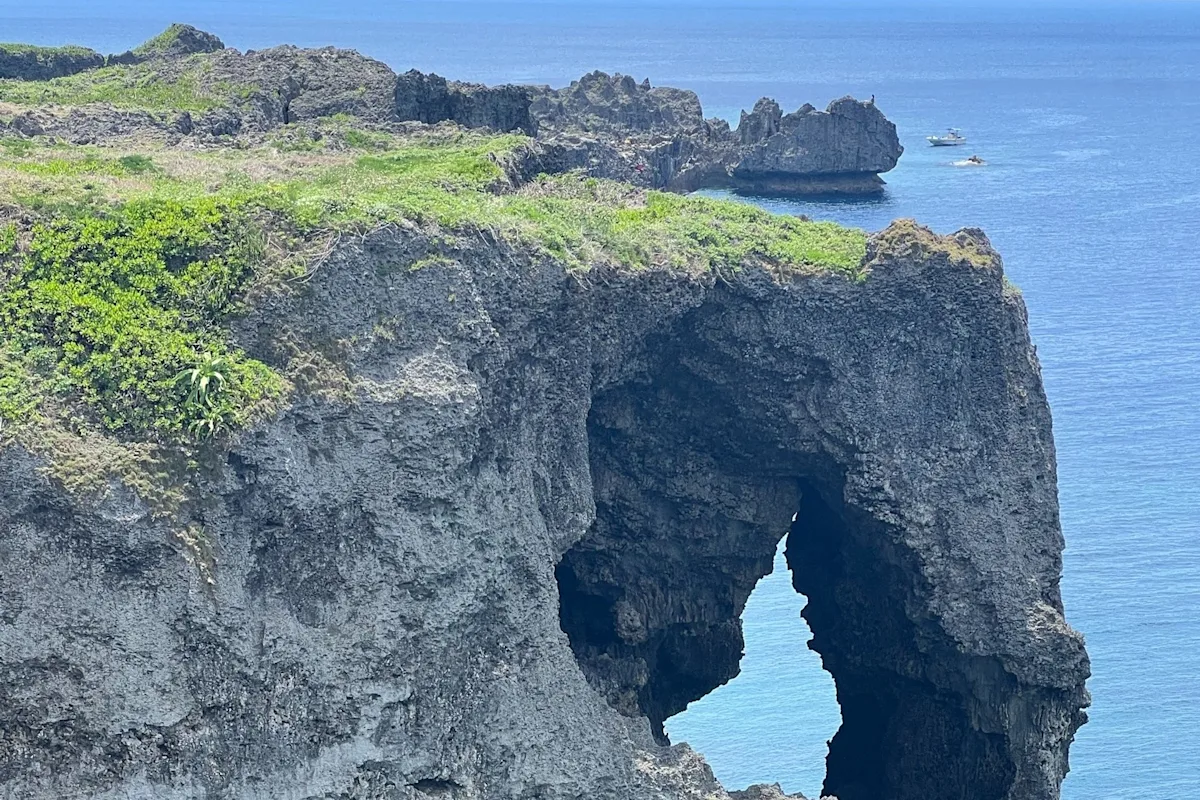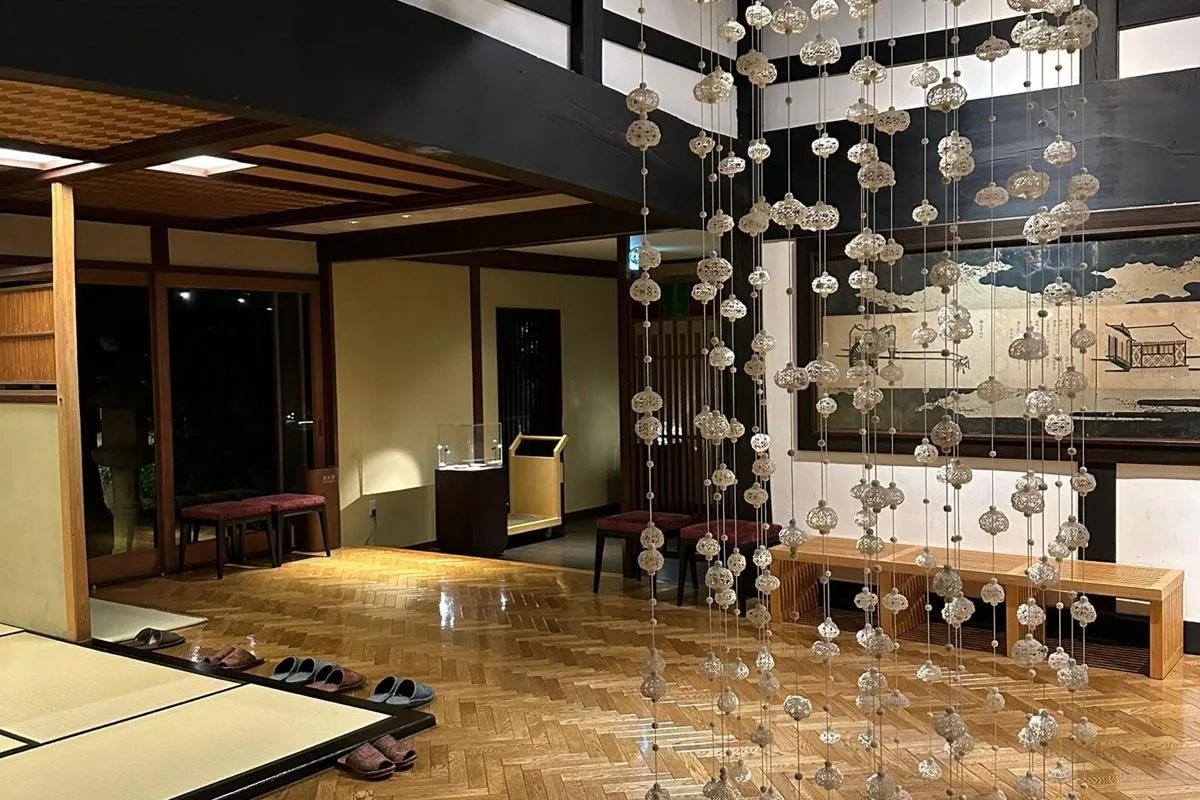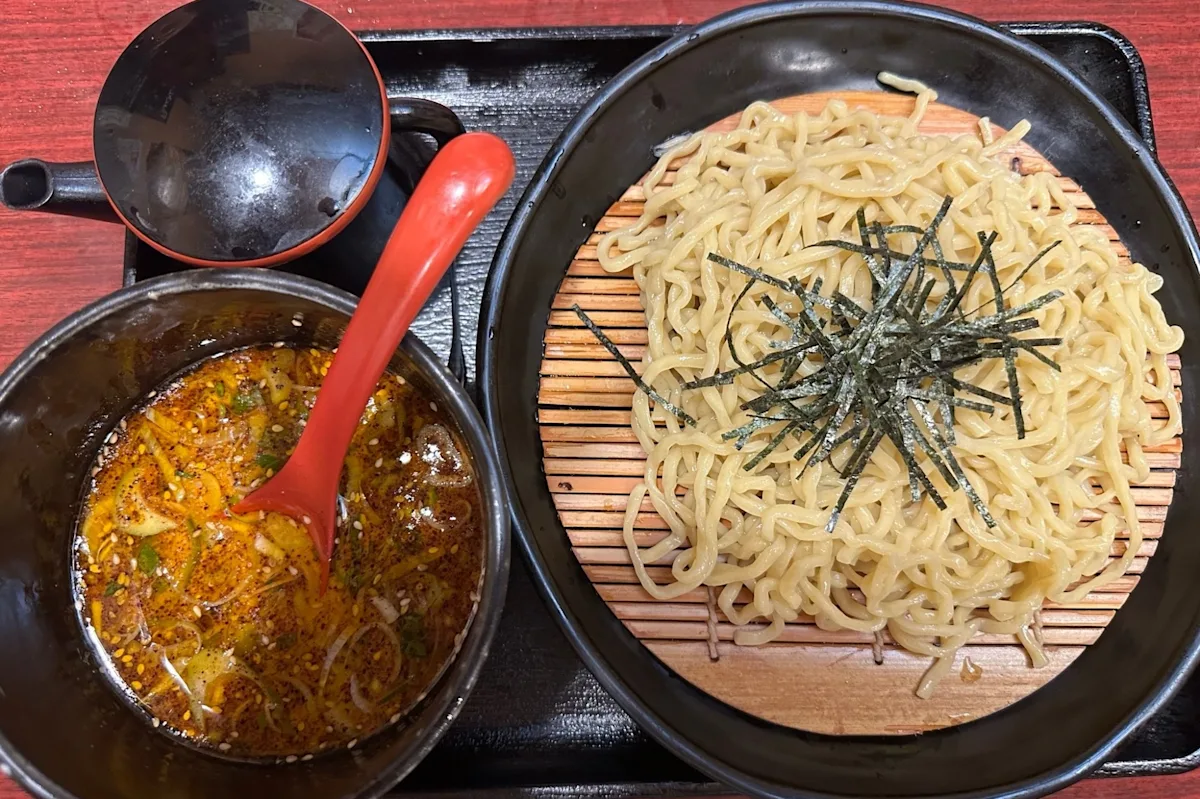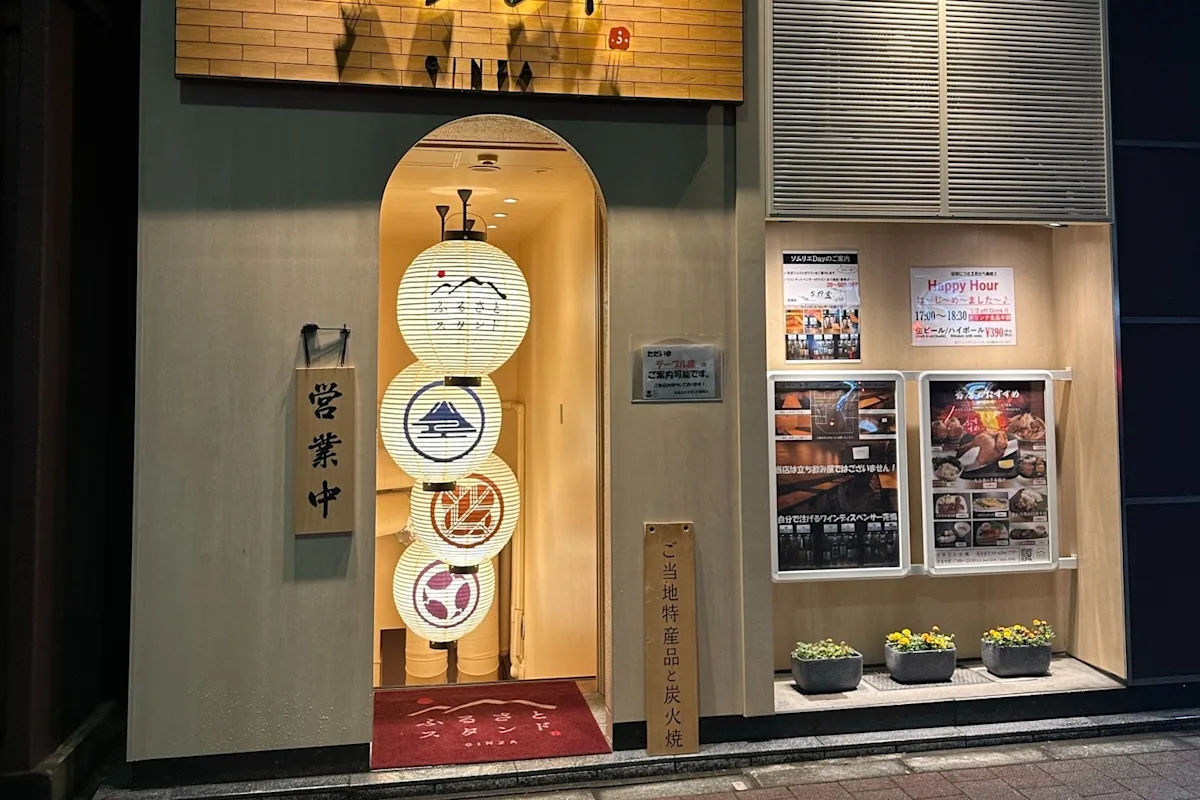
Curator’s statement
If you would have told me I would backpack through Okinawa and on through to the island of Japan for 11 days, I would have heavily doubted you, but backpacking was so much easier than lugging suitcases up and down subway stairs and through train stations! Granted, the backpack got heavier as the time went on, but it was always manageable and allowed for much more flexibility than rolling a suitcase. My friend Marla suggested the backpack aspect. She gave me full rein to find and book our accommodations and plan our itinerary as long as they would appeal to her 19- and 22-year-old kids who were joining us. I planned it, we went and it was great!
It was a veritable mix of hotels, price points and experiences aimed at appealing to anyone with a desire to explore, eat a lot (healthy that is), walk even more and rest well (there is just something about sleeping on a futon on top of a tatami mat on the floor that brings on that deep sleep).
Tip: There are services in Japan that will pick up your suitcases and deliver them to your next destination if you don’t want to backpack or lug luggage.
The Fora Difference
Book with Tracy to access exclusive perks and experiences on your trip.
Killer perks
Free upgrades, spa credits and more—we got you
Personalized recs
Customized travel planning for your style
Insider knowledge
Expert advice from people who’ve actually been there
Where to stay
Unlock perks by contacting Tracy to book your trip.
Okinawa

Y's Inn Naha Orokuekimae: Best suited for the budget minded and families (rooms can easily accommodate up to a family of six)
This is the perfect intro hotel to Okinawa. On the ground after nearly 24 hours of traveling, we followed the signs to the monorail, hopped on for a five-minute ride, hopped off, utilized Waze for a one-minute walk and turned the first corner to this humble and inviting hotel. The front-desk clerk gifted us with miniature Taiko drums, such a sweet gesture of welcoming us!
Rooms were sparse and Japanese style, nicely appointed, with all necessary toiletries.
The next morning, we had a shabu-shabu-style breakfast at the hotel. Best of the trip! I drank four cups of matcha tea then and there and, to this day, believe my matcha consumption throughout the trip, including the matcha pie, was the reason I did not end up with a cold upon return.
Rent a car: It is possible to take the bus and monorail to most locations on the island, but we chose to drive. We needed an international driver’s license, and they drive on the opposite side of the road! We left the driving up to Marla, and she mastered it easily while her daughter mapped out the route, and her son (in the Air Force, who flew in from South Korea to Okinawa to meet us) handled our playlist (an experience in and of itself). We all had our strengths throughout the trip and, thankfully, we worked well together.
We explored and ate our way around the island, starting with an Awamori (Okinawans' version of sake) tasting on Kokusai Boulevard in Naha City. Our time there was nothing formal, just a nice pace for four nights / three days before moving on to the mainland. Our motto was “there are no mistakes, only happy accidents,” which was in full effect one afternoon as we took the wrong fork in the road in Yambaro subtropical forest, and with very spotty wifi connection (hence no Papago app to translate the road signs), we were left to our own imaginations leading to a few “Blair Witch” moments…but we lived to talk about it.
Sefa-Utaki: Sacred site since the beginning of Ryukyu Kingdom in 1429. Nature-imbued-short-hilly hike to six different mind-blowing rock-formation worship sites. This was our first exposure to the mossy, thick and dewy floral scents that permeated the sacred sites and temples throughout the trip. It was the perfect way to get our bodies moving on our first morning.
Pizza in the Sky: Okinawa has a lot of pizza places, but this one tops them all, literally and figuratively. I think I have never enjoyed pizza more, sitting on the floor outdoors with a magnificent view of the water and land far below, sipping on plum sake, served with little flowers in cute little pottery…it hit all the senses. Shout out to Sophia Hatchitt from Fora HQ for this rec and more, as she provided us with a list of places to visit while there.
Cape Manzamo: Wondrous limestone rock formations jutting off into the East China Sea.
Fukuoka

1.5-hour plane ride north…the next few stops are on the western border of Japan, often sadly overlooked because people tend to do the area around Tokyo. We loved Fukuoka. Our only regret was that we didn’t stay two nights. We went there intentionally to experience eating at a Yatai stall, which is an old and traditional method of cooking and dining that is disappearing in modern-day Japan. Yum!
Grand Hyatt Fukuoka: Best suited for everyone, and great value
This was an excellent hotel. As a travel advisor, we can advocate for you and connect with hotel management to get you extras. I did not do this for this stay, as it required two nights, but I did upgrade us to a Club Access room, and we were really impressed with its value. The only downside was we had regular beds (although they do have Japanese-style family suites, too). On the upside, we started with a free cocktail in the bar Martini, and then continued with hors d'oeuvres at cocktail hour in the spacious atrium Bar Fizz, which had big comfy red club chairs (and, not to mention the sweetest waitress ever).
Tip: Japan is a gifting culture. We brought gifts reflecting where we live in the world, such as seashells and abalone rings, to give to our favorite people. The problem was we met so many nice people that we ran out of gifts.
After cocktail hour, we headed out the door, around the corner and to the riverbank lined with the Yatai stalls. After dinner, back around the corner and to the room, a soak in a nice big bathtub, the best rain shower head ever and a great night's sleep.
Proximity: With all trips, I work hard in the planning phase at making access convenient and close to the hotel/train/activities/dining because of the unavoidable amount of walking involved in traveling, and especially so in a trip of this style.
The next morning, included in the Club Access, was the most amazing buffet containing both American and Japanese food. I loved the tofu bar, and it was the first of its kind I had seen. Imagine picking the toppings as you would for your ice cream sundae, but much healthier. There was one Club Access perk we didn’t get around to using, the mid-afternoon snack and tea in the Market F. Oh well, next time.
Japan Rail: Biggest learning curve
I have traveled by rail in Japan before, but never without the hubby to take the lead. Plan on a moment or two of frustration as you get your bearings. While most JR Rail employees don’t speak much English, they are quick to utilize their pads and a translation app. Even so, it takes a while to understand the process. By the end of the week, we were able to easily go to an automated ticket kiosk and get our ticket to the next destination. Thank goodness for our Fora Forum community, as I garnered great intel pre trip and purchased the Rail Passes online, to be picked up onsite in Fukuoka. (Rail pass prices are increasing on October 23. It is wise to input your destinations on the JR website ahead of time and see if buying the pass will save you money. Even with the pass, you still need to purchase tickets for each destination.)
Our next destination was five hours north via the rail, a nice chance to catch up on reading or emails or just sit back and look out the window. The Rail Pass does not include the Nozomi and Mizuho bullet trains, but the Shinkansen Hikari is a bullet train on the list if you must experience the speed. Trains used to have more onboard snack carts, but that has changed. Prior to boarding, we would peruse the food kiosks in the stations to bring our lunch / snacks aboard. Seats had fold-down tables, perfect for enjoying a bento box!
If you are a traveler who requires a schedule, you can have your advisor reserve your tickets and seats online ahead of time. We chose to freestyle it and get our tickets from the ticket booths at the station so we could manage our own schedule on a day-by-day basis.
Kaga Onsen

Hoshino Resorts KAI Kaga (which has locations throughout Japan): Best suited for people who need down time. It's on the lower side of expensive. A great brand, and friendly with FORA.
Super sleepy hot-springs town near the coast. We booked an onsen stay at Kai Kaga (another shoutout to Sophia). In addition, a shoutout to Yusuke Harada and his colleague, Yo Ogawa at Hoshino Resorts. Both were very helpful. Yusuke set up a site visit for us upon arrival and Yo followed through with me on the timing of arrival, which was over and above on his part, as our arrival time changed a few times. This resort was a tiny splurge but worth it. We entered the serene space and put on the Kai Kaga pjs and slippers, and for the next 18 hours, rested and recharged.
Our rooms had hot-spring baths on the balconies. I felt as if my body was being shrink-wrapped as I slowly dipped in and submerged with the mineralized water enveloping me and forcing me motionless. It was so relaxing, and followed by an amazing sunset.
Next we dined on a multi-course traditional Kaiseki meal using the local in-season flavors such as deep-fried icefish dumpling covered with shredded Yuba, and wild plants tempura. After dinner, we watched a traditional dragon ceremony in the library, and finally went off to bed on the floor (yay!).
Early next morning, we did a guided stretch and breathing session followed by a tofu, rolled egg and grilled fish breakfast served with lots of side dishes.
Then, we crossed a small street to Kosoyu, to the oldest public bathhouse in the area (free for Kai Kaga guests) and emerged refreshed. For all you curious types, baths were not coed, although they do exist. Lesson learned. Many of the towns' businesses have days off during the middle of the week, and the day we were there, Wednesday, the shops were all closed. The running joke for me personally became, "Japan is saving me money because this happened to us twice." The flip side of that was we had the town to ourselves, eating lunch at one of the few open restaurants. Then we hiked through the winding and uphill Yakuoin Onsenji temple grounds to an observation tower with an incredible view.
Ikumo Lodge: Best suited for adventure-seekers who love nature and rustic accommodations. Low end of mid-price range (open during spring and fall only. No A/C, no heat, other than the wood-burning fireplace).
This hotel was constructed 25 years ago, and is next to a former monk’s training hut, perched on top of a mountain 13,500 feet high. It's across from Mount Hakusan, which is revered as one of Japan’s three most sacred mountains. You are the only humans up there, and it is magical. (Making the arrangements was rich in cross-cultural moments involving phone calls that were mostly full of laughter as the sweet Miromi tried to assist me, resulting in her telling me they would pick us up at the entrance to Natadera Temple at 5:00 pm.)
At Ikumo, you dine with the sunset in the front of the lodge and eat breakfast with the sunrise in the back of the lodge.
Before getting to Ikumo, we taxied (one of two times we taxied during the trip) to Natadera Temple, built 1300 years ago, with the belief that from nature springs the true wisdom of the gods. We did a little prayer service with the monk on duty (between Marla and the Papago app, we were able to converse with him) and then hiked the surrounding area, lush and green and peaceful.
We were a little concerned about whether we were truly going to be picked up, but a white van with a man in a black mask by the name of Yuku showed up early. Yuku turned out to be our sole caretaker during our stay. On the drive up, I was reflecting on my most awe-inspiring view ever: climbing Machu Picchu Mountain alone and looking down at the quintessential Machu Picchu Citadel from thousands of feet higher, and wondering if this upcoming view could possibly top it. It didn’t, but it came close and now resides in my top-five-sunsets-ever file.
Kanazawa

Linnas Kanazawa: Best suited for group trips, family trips and long trips. Low end of low-price range. Small, efficient and comfy rooms available with a bath and shower and fridge for one or two people, up to quadruple room ensuites that sleep six. Fun and happy staff = happy place!
For all of you remote workers or living2travel types, this would be a great place to stay a while — maybe even a month. It was our first foray into the hostel world, and it was nice! Granted, it was more of a hostel+ — somewhere between a hostel and a hotel — in the cool little town of Kanazawa (also known as the mini Kyoto) only 20 minutes up the tracks from Kaga Onsen. While walking to Linnas, we ran into a car that matched my shoes. Marla was infatuated with all the small, boxy, pastel-colored cars and started referring to them as “Barbie” cars.
We liked the community spaces of Linnas very much. With local artists' works incorporated into the decor, the whole aesthetic was modern and hip. There is a sauna and large hot tub on the rooftop that can be booked in advance. We brewed our tea in the community kitchen, did our laundry, worked in the cozy living room area and took their bicycles for a day-long self-guided tour of the city. It was lovely, and I finally got to purchase a super cool piece of pottery along samurai row.
Tokyo

We disembarked the train at Tokyo station and walked 30 minutes to the hostel located in the Ginza district through streets lined with verdant green weeping willow trees and ginkgo Biloba trees. The ginkgoes reminded me of living in South Korea, where I often witnessed the local ladies collecting the white nuts that had dropped from them to take home and use.
Ginza Imano Hostel: Best suited for group trips, family trips and long trips. Low end of low-price range
The original thought on accommodations for our last night in Tokyo was to stay in a capsule hotel — I say for the kids, but really I think Marla and I were more excited about it. But the ones I found that looked decent were not available. Although the concept and the bones of the Imano were awesome, it was a bit ragged due to its popularity. However, I identified two other hotels in the area that seemed amazing while also being reasonably priced. On the positive, we had a four-bunk room, and we all slept great.
After checking in, we hit the town. Here we were in Ginza, an upscale district of Tokyo, and we ended up basement-“chika” hopping from an underground karaoke bar to a locals’ restaurant where the waitress set water glasses on top of glass coasters and kept pouring the sake as it overflowed. Lastly, we topped off the night at a hole-in-the-wall chika restaurant they all swore was the best ramen of the trip.

That said, there were also many excellent restaurants in the chikas around town, such as the kobe beef steakhouse I dined in on my last trip to Japan. The second night was classier. We met a sommelier named Miyuki, who was wearing the coolest pair of blue-snake heels and standing at the bar doing a sake tasting at our favorite sake bar. They had the best in-season appetizers, special sakes and whiskey (which we stayed away from for the most part). We loved our waitress and the two men who worked there. We had so much fun with them and it’s one of those moments that brings about that thought, we humans hate to think, that more than likely, you will never run into them again. Miyuki brought us to her restaurant Ginza, a nice restaurant in the chika, where we had the best yakatori of the trip. You could just tell this was the local business crowd’s favorite.
On our last day in Tokyo, we wanted to get more use out of our rail passes, so we headed to the nearby town of Kawagoe. We never made it to the area of town we set out for (no mistakes, only happy accidents) but did traverse the longest stretch of shops imaginable. It was drizzly and a bit chilly that day, so we walked under umbrellas, and although still very much in a travel mindset, resigned ourselves to the fact that we had to fly home the next day.
Need to know
This trip report is part of our ongoing series on travel to Japan. In need of further inspiration? Check out David Rosenberg’s guide, Off-the-Beaten-Path Guide to Kyoto, Japan.

Travel Advisor
Tracy Coleman

Get in touch with Tracy
Did you like this guide? Reach out to customize and book your own experience. Or, just to chat about travel in general.
You can expect a response from Tracy within 1–2 business days. You’ll also be subscribed to our traveler newsletter (you can unsubscribe at any time).